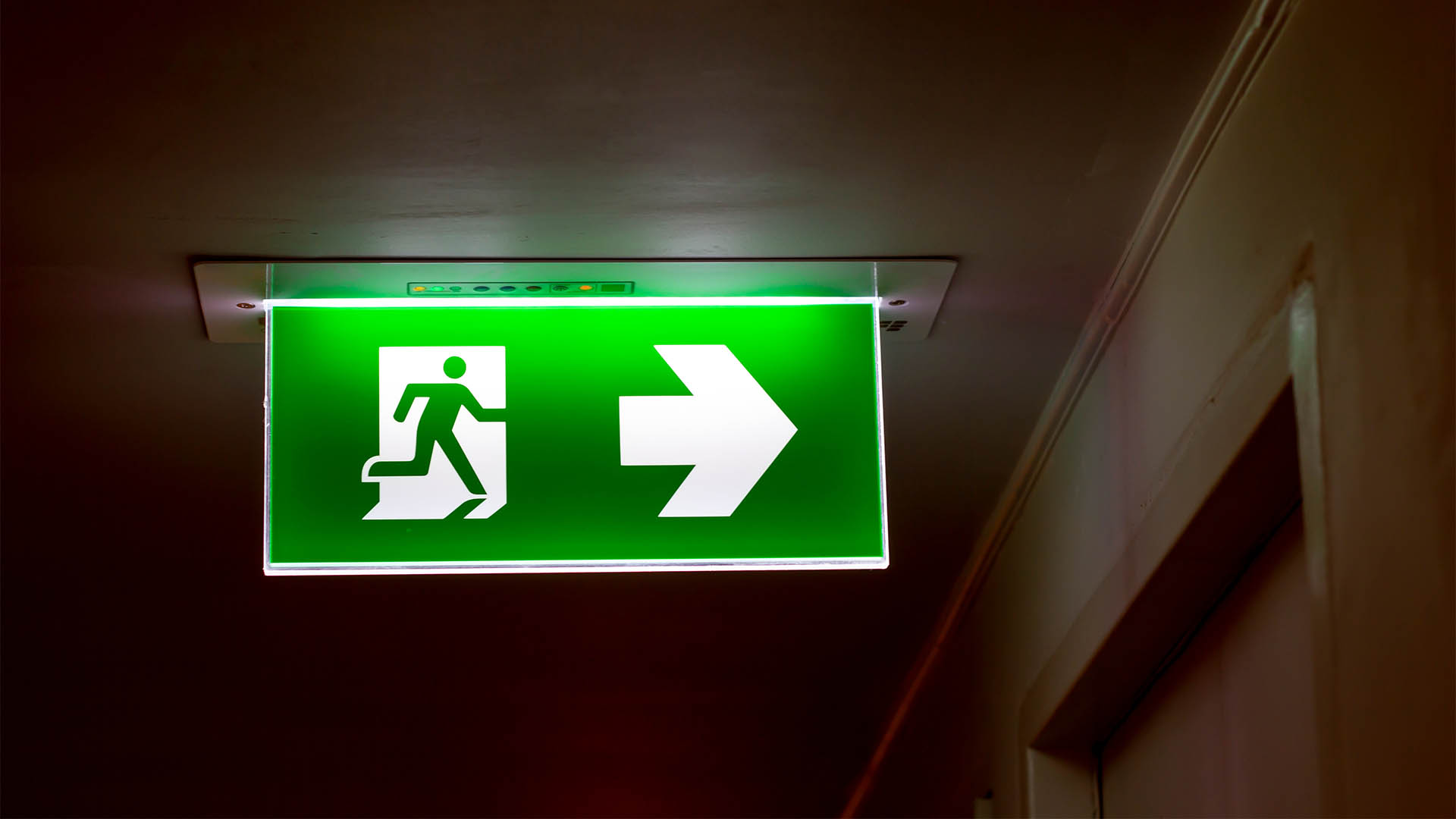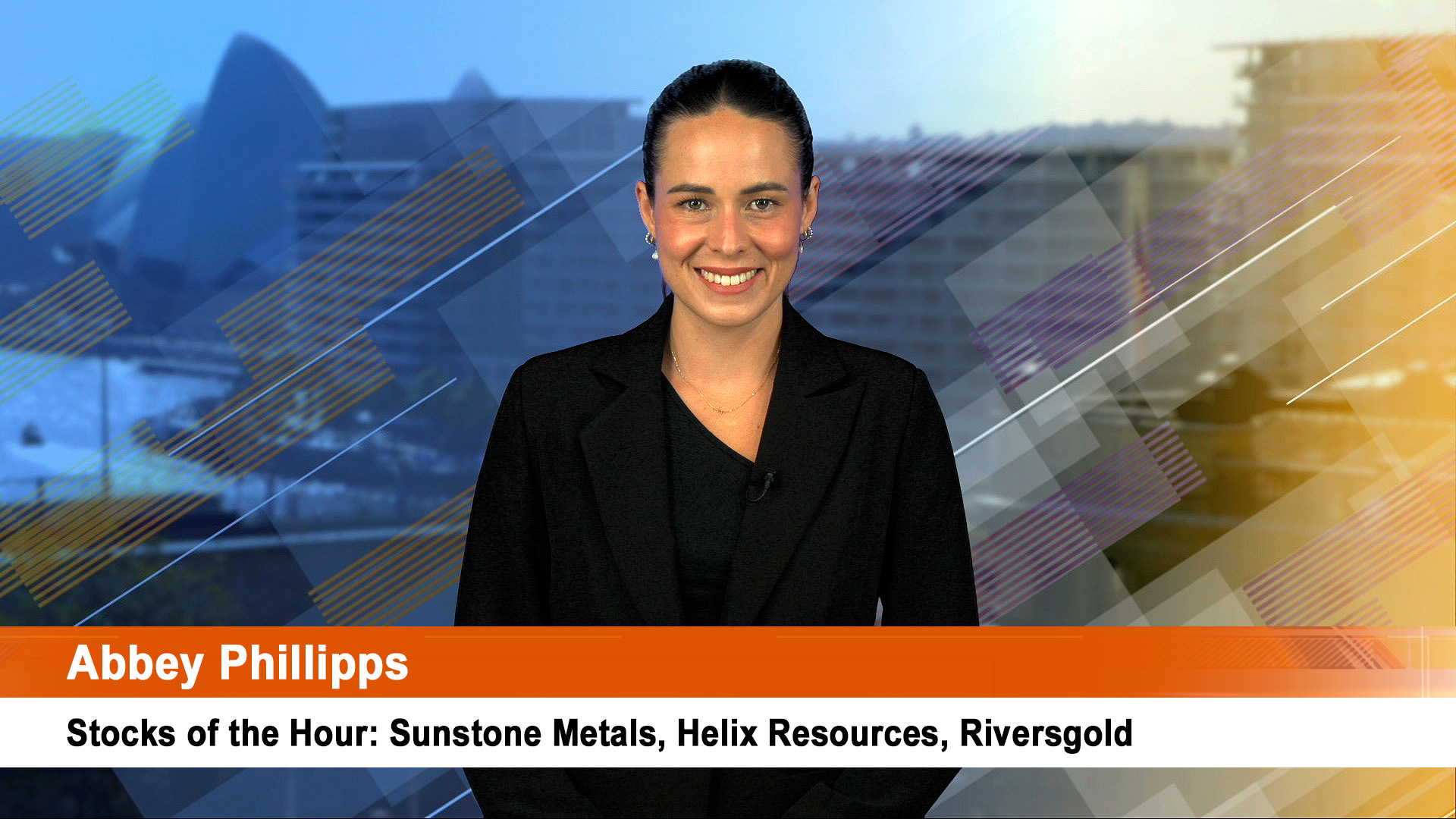So was the fall in home loans in January a good or a bad thing? Yesterday’s data was soft, especially lending to owner-occupiers and for the construction of new houses. Well, some commentators think it’s not a strong point because of the importance the solidly performing home lending and construction sector has been playing in the transition of the economy from the days of the mining investment boom.
And they also point to the weakening trend in building approvals in January and over the three months to January.
But a senior official from the Reserve Bank sees the slowing in approvals and finance as being a good thing overall.
Yesterday’s 3.4% (seasonally adjusted) fall in the number of new loans followed a 2.7% rise in December, while economists had been looking for a 3% fall.
The 3.4% drop was the steepest since last May, when loans fell 8% month-on-month, and then rebounded.
Home loans growth to investors fell 1.6% from January, faster than the 0.1% dip in December, but not unexpected when you look at the Reserve Bank’s private credit figures for the same month which showed another slowdown in home lending to investors.
Lending to owner-occupiers fell 3.9% in January, and there were falls in lending to build new houses, established houses and for the purchase of new dwellings.
The AMP’s chief economist Dr Shane Oliver said in a note yesterday that, "The loss of momentum in lending to investors tells us that the APRA measures continue to impact and would probably be welcome by them and the RBA. The slowing in lending to owner occupiers may be more of an issue, but it’s dangerous to read too much into one month’s data.
“Nevertheless it is consistent with slower growth in housing related debt this year which in turn will likely see slower gains in Sydney and Melbourne property prices compared to last year,” Dr Oliver wrote yesterday.
But in a speech in Adelaide to a property group on Tuesday, the RBA’s Deputy Governor Phil Lowe said there was longer term upside for the wider economy from the softening in demand for housing.
"The lift in residential construction has been an important element in the cyclical rebalancing of the economy. In the period ahead, we can expect a further increase in residential construction, although at a slower rate than took place last year.
"While this more modest increase will mean a more modest boost to overall GDP growth from home-building, it should assist with the sustainability of the current boom in residential construction.
"It is unlikely to be in our collective interest to have a further surge in the construction of new dwellings, as a share of the economy, then to be followed by what would surely be a larger and more prolonged decline later on. Overall, the recent data on building approvals suggest that we are on a reasonable path here.
"This increase in the supply of dwellings has come on the back of a large run-up in housing prices in Australia’s two largest cities. But the increase in supply now looks to be contributing to some moderation in the rate of increase in housing prices in these cities. It is also putting downward pressure on rents, with the CPI measure of rent inflation running at just 1.2 per cent in 2015, the lowest for 20 years.
"Whether or not these trends are maintained remains to be seen, and so we continue to watch developments in the housing market very closely. However, the overall picture does appear to be one of a better balance between supply and demand than was the case in 2010,” Mr Lowe told the conference.













